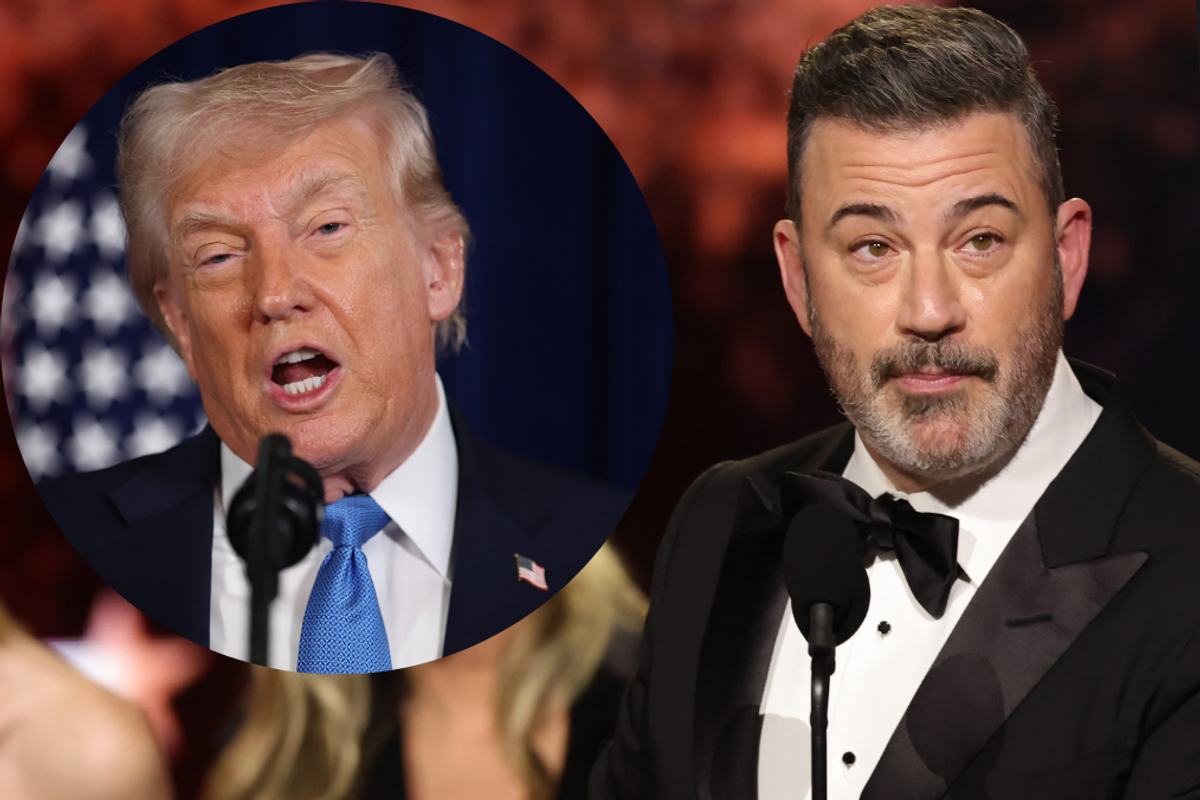Harriet Brewis
Oct 12, 2022
Robot says AI is ‘threat and opportunity’ during House of Lords address
House of Lords
The House of Lords isn’t known for being the most exciting place in the world but still, you wouldn’t expect it to send important guests to sleep.
And yet this is essentially what happened when an AI-powered robot came to visit on Tuesday.
The humanoid robotic artist Ai-Da, who looks convincingly like a woman, was the first of her kind to give evidence to a parliamentary committee.
She uses artificial intelligence to create art and has the ability to respond to questions, and appeared before peers to discuss the impact of technology on the creative industries.
Sign up for our free Indy100 weekly newsletter
But just as Lib Dem peer Baroness Featherstone began a new round of questioning, it became clear that poor old Ai-Da had given up the ghost and needed a reboot.
“I’ve sent her to sleep!” Featherstone joked, as Aidan Meller, the director of the project that created her, started the reset.
\u201c"Although not alive, I can still create art"\n\nRobot artist Ai-Da gives evidence to Lords Communications and Digital Committee, before needing to be reset\n\nhttps://t.co/cxpYKf3BzL\u201d— BBC Politics (@BBC Politics) 1665507984
The highlight was when he gingerly went over to place sunglasses over Ai-Da’s eyes, making her look like a sort of young Anna Wintour after a particularly heavy Fashion Week afterparty.
“I feel like that sometimes,” Featherstone said, prompting empathetic murmurs from the chamber.
Asked why the glasses were necessary, Meller replied: “When we reset her she sometimes can pull quite interesting faces.”
She wouldn’t be the first person to do so in the House of Lords, we’re sure.
Once back online, Ai-Da told Featherstone that the role of technology in creating art will “continue to grow… as artists find new ways to use technology to express themselves and reflect and explore the relationship between technology, society and culture”.
She added: “Technology has already had a huge impact on the way we create and consume art, for example, the camera and the advent of photography and film.
“It is likely that this trend will continue with new technologies. There is no clear answer as to the impact on the wider field, as technology can be both a threat and an opportunity for artists creating art.”
During the session, Ai-Da answered questions directly from other peers too – although Meller confirmed the questions had been pre-submitted to ensure better quality answers from the AI language model used to power the responses.
Asked by crossbench peer Baroness Bull how she produces art, Ai-Da replied: “I produce my paintings by cameras in my eyes, my AI algorithms and AI robotic arm to paint on canvas, which results in visually appealing images.”
We wonder if she’s able to do them with her shades on.
Have your say in our news democracy. Click the upvote icon at the top of the page to help raise this article through the indy100 rankings.
Top 100
The Conversation (0)














